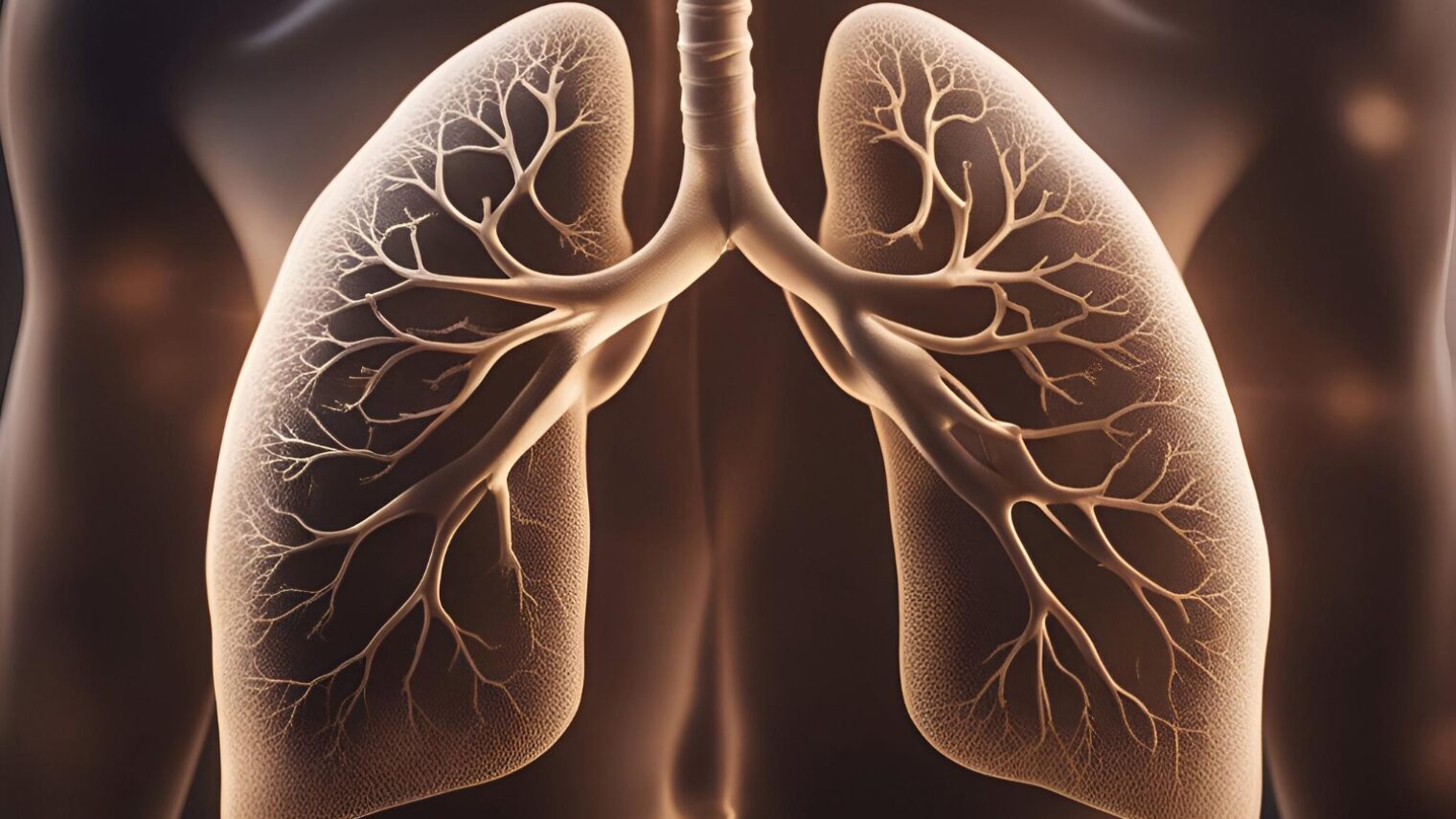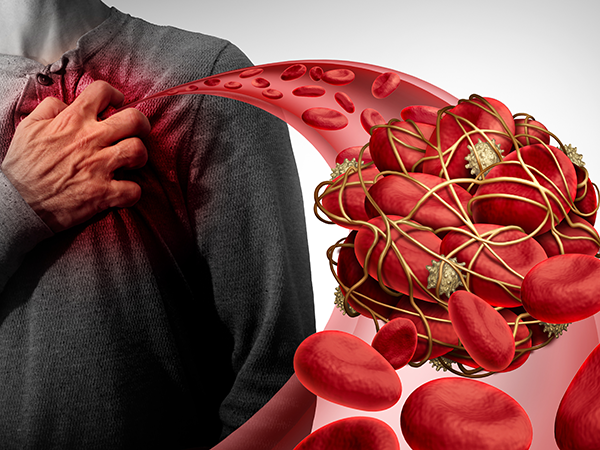
Pulmonary Embolism (PE)
What is Pulmonary Embolism (PE)?
Pulmonary Embolism (PE) is a life-threatening condition that occurs when a blood clot (usually from the deep veins of the legs, called DVT) travels to the lungs and blocks a pulmonary artery.
This blockage can reduce oxygen supply, damage lung tissue, and strain the heart.
A blood clot that forms in a blood vessel in one area of the body, breaks off, and travels to another area of the body in the blood is called an embolus. An embolus can lodge itself in a blood vessel. This can block the blood supply to a particular organ. This blockage of a blood vessel by an embolus is called an embolism.

How Pulmonary Embolism Happens:
Blood clot formation
Clots typically form in the deep veins of the legs (DVT) due to slow blood flow, vessel injury, or increased clotting tendencies.
Clot travels through the bloodstream
The clot detaches and moves through the veins to the lungs.
Lung artery blockage
The clot lodges in the pulmonary arteries, reducing blood flow and oxygen exchange in the lungs.
Common Symptoms For Pulmonary Embolism (PE)
Coughing and/or coughing up blood
A feeling of dizziness, lightheadedness, or fainting
Chest pain (usually worse with breathing)
Sudden shortness of breath
Irregular heartbeat
Palpitations (heart racing)
A feeling of anxiety
Sweating
Low blood pressure
Who is at Risk?
Certain individuals have a higher risk of developing PE, including:
People with prolonged immobility
e.g., bedrest, long flights, post-surgery recovery
Pregnant women or those on hormonal therapy
Estrogen increases clotting risk
Patients with clotting disorders
Genetic or acquired conditions
Elderly individuals
Higher risk of clot formation
Cancer patients
Some cancers increase clotting tendencies
Smokers
Damages blood vessels, increasing clot risks



